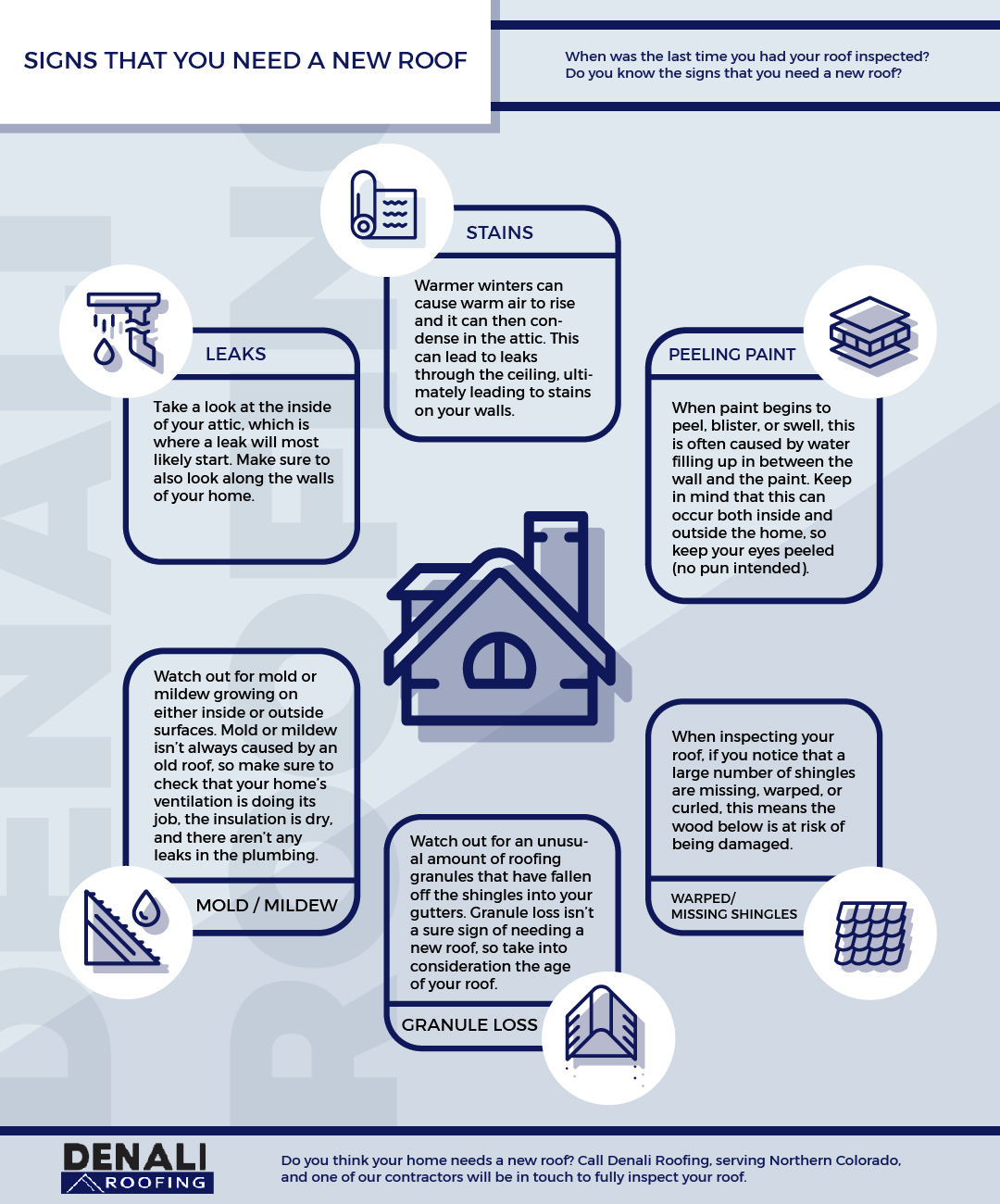Neglecting Roof Ventilation Can Cause Pricey Damages; Discover The Key Elements That Assure A Successful Installment And Guard Your Financial Investment
Neglecting Roof Ventilation Can Cause Pricey Damages; Discover The Key Elements That Assure A Successful Installment And Guard Your Financial Investment
Blog Article
Team Author-Lassiter Poole
When you're tackling a roofing job, you might not assume much regarding roof air flow, but it's even more crucial than you understand. Reliable ventilation helps control temperature and wetness in your attic room, protecting against problems like mold and mildew and architectural damage. By recognizing just how to design and mount a balanced ventilation system, you can boost energy efficiency and extend the life expectancy of your roofing products. So, what are the vital factors to consider during installment that can make all the distinction?
Relevance of Roof Ventilation
Roofing ventilation plays a crucial function in keeping the total wellness of your home. By allowing fresh air to circulate with your attic, it helps control temperature level and dampness levels. This balance is important to avoid warmth build-up during hot months, which can lead to boosted power costs as your air conditioning works overtime.
Moreover, kitchen remodeling in san antonio lowers the threat of moisture-related concerns like mold and mildew. If moisture degrees rise, your home's structural stability can be compromised, bring about pricey fixings. You would not wish to handle deteriorating wood or warped roof products, right?
In addition, sufficient air flow extends the life expectancy of your roof. When warmth and moisture are kept in check, your roof can execute ideally, stopping premature wear and tear. This suggests less migraines and costs down the line.
Just How Roofing Ventilation Works
Reliable roofing ventilation depends on the all-natural motion of air to produce an equilibrium in between consumption and exhaust. When you set up vents, you're essentially permitting fresh air to enter your attic room while allowing hot, stale air to escape. This process assists control temperature level and wetness degrees, avoiding issues like mold development and roof damage.
Intake vents, usually located at the eaves, draw in awesome air from outside. On the other hand, exhaust vents, located near the ridge of the roofing system, allow hot air increase and leave. The distinction in temperature level produces a natural air movement, referred to as the pile result. As warm air surges, it develops a vacuum that draws in cooler air from the lower vents.
To maximize this system, you require to make sure that the consumption and exhaust vents are properly sized and placed. If the consumption is restricted, you will not accomplish the wanted air flow.
Likewise, inadequate exhaust can catch warmth and wetness, leading to possible damages.
Trick Installation Considerations
When installing roof covering air flow, several essential factors to consider can make or damage your system's performance. First, you require to analyze your roofing's style. The pitch, form, and materials all affect air flow and air flow selection. Ensure to choose vents that match your roof covering type and regional environment conditions.
Next off, take into consideration the placement of your vents. Preferably, you'll want a well balanced system with consumption and exhaust vents placed for ideal air movement. Location intake vents low on the roofing and exhaust vents near the height to urge an all-natural flow of air. This setup aids protect against wetness accumulation and advertises energy efficiency.
Don't ignore insulation. Correct insulation in your attic room protects against heat from running away and keeps your home comfy. please click the up coming article that insulation doesn't block your vents, as this can hinder airflow.
Lastly, consider maintenance. Select ventilation systems that are simple to access for cleansing and inspection. Routine maintenance guarantees your system remains to work efficiently in time.
Final thought
In conclusion, roof ventilation is vital for an effective setup. By making certain appropriate airflow, you can avoid heat build-up and moisture issues that lead to pricey damage. When you strategically setting intake and exhaust vents, you boost energy effectiveness and prolong the lifespan of your roof covering. Remember, a well-ventilated roof not just protects your investment but likewise boosts your indoor air top quality. So, prioritize air flow to ensure a resilient and affordable roof for your home.
